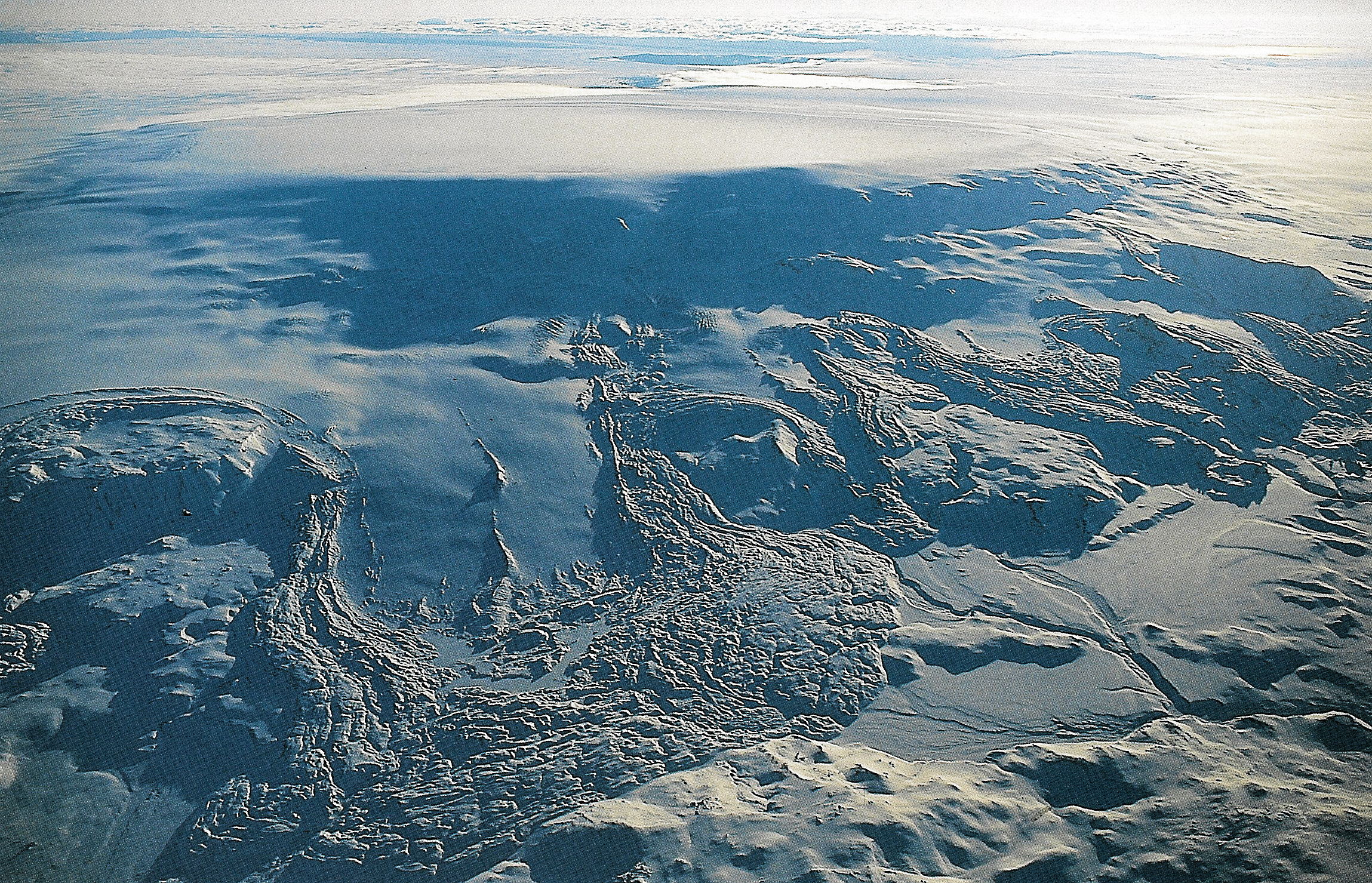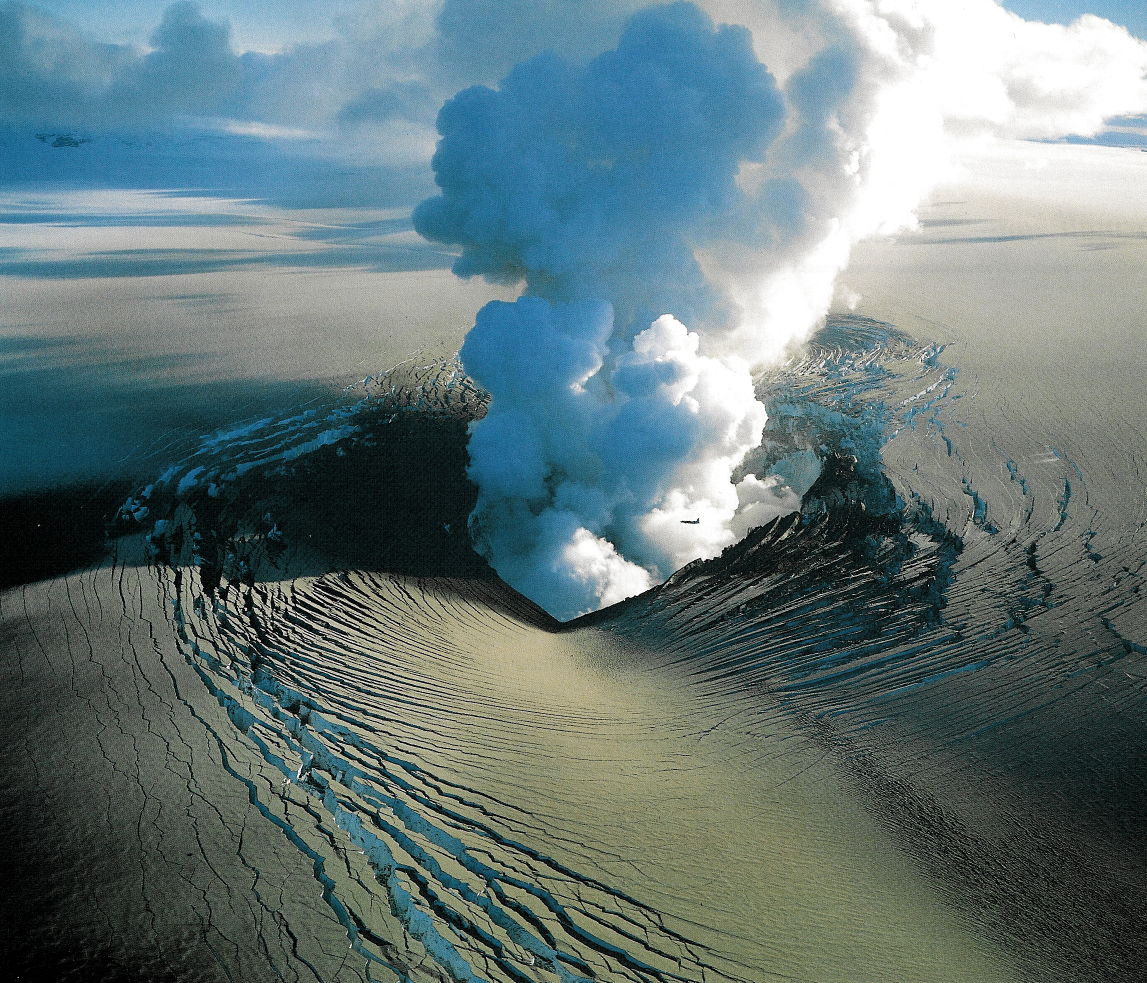

The Bardarbunga volcano lies beneath the 500-m-thick Vatnajokull icecap, the largest glacier in Europe. Earthquakes with atypical seismic radiation have occurred beneath the Bardarbunga caldera and have been routinely reported in the Global CMT catalog. An earthquake with Mw 5.6 and a strong non-double-couple (NDC) radiation pattern occurred beneath the caldera on 29 September, 1996. A peculiarity of that earthquake was that it was the first in a sequence of seismic and magmatic events and that it was followed, not preceded or accompanied, by a major eruption which ultimately led to a breakout flood from the subglacial caldera lake. The earthquake was recorded well by the regional-scale Iceland Hotspot Project seismic experiment. One of the proposed hypotheses to explain the observed displacements and the sequence of events was the inflation of a shallow magma chamber that might have caused rupture on ring faults below the chamber.
|
|
|
|
|
|

Download this paper
Download the AGU 2009 invited presentation here
![]()
![]()
also available on the Seismological Society of America online delivery
service,
accessible via the journal's Website at:
http://www.bssaonline.org/![]()